The Evolution of Automotive Glass: From Basic Windshields to Smart Glass
The Evolution of Automotive Glass: From Basic Windshields to Smart Glass

The journey of automotive glass has been a fascinating one, transforming from simple windshields to sophisticated smart glass. This evolution has not only enhanced the safety and comfort of vehicles but also revolutionized the driving experience. Let’s take a closer look at the history and technological advancements that have shaped the automotive glass industry.
The Early Days: Basic Windshields
In the early 1900s, the first automobiles were equipped with basic windshields made of ordinary window glass. These windshields provided minimal protection, as they could easily shatter upon impact, posing significant risks to the driver and passengers. Recognizing the need for safer solutions, manufacturers began to innovate.
The Introduction of Laminated Glass
A major breakthrough came in 1903 when French chemist Édouard Bénédictus accidentally discovered laminated glass. This glass consists of two layers of glass with a plastic interlayer in between, which holds the shards together in the event of a breakage. This invention significantly reduced the risk of injury from flying glass and became the standard for automotive windshields by the 1930s.
The Advent of Tempered Glass
While laminated glass was primarily used for windshields, tempered glass became the material of choice for side and rear windows. Introduced in the mid-20th century, tempered glass is heat-treated to increase its strength and, when broken, shatters into small, blunt pieces rather than sharp shards. This added an extra layer of safety for vehicle occupants.
Advancements in Safety and Comfort
As technology progressed, so did the features of automotive glass. In the 1950s and 1960s, manufacturers began incorporating tinted glass to reduce glare and block harmful UV rays. The 1980s saw the introduction of defrosting and defogging systems within windshields, enhancing visibility in adverse weather conditions.
Acoustic and Solar Control Glass
In recent decades, the demand for quieter and more energy-efficient vehicles led to the development of acoustic and solar control glass. Acoustic glass reduces noise from the outside environment, creating a more serene cabin atmosphere. Solar control glass, on the other hand, reflects and absorbs infrared and ultraviolet rays, keeping the interior cooler and reducing the load on the air conditioning system.
Enter the Era of Smart Glass
The latest leap in automotive glass technology is the advent of smart glass. This innovative material can change its properties based on external conditions or driver preferences, providing unprecedented control over the driving environment. Here are some of the key features of smart glass:
1. Electrochromic Glass: Also known as “switchable glass,” electrochromic glass can change from clear to tinted with the push of a button or automatically in response to sunlight. This helps manage glare and heat without the need for physical sunshades.
2. Head-Up Displays (HUDs): Modern windshields can incorporate head-up display technology, projecting critical information such as speed, navigation, and alerts directly onto the glass. This allows drivers to access important data without taking their eyes off the road.
3. Integrated Touch Controls: Some high-end vehicles now feature touch-sensitive glass, allowing drivers to control various functions such as temperature and audio settings directly through the glass surface.
4. Augmented Reality (AR) Windshields: The future of smart glass includes augmented reality windshields that overlay navigation prompts, hazard warnings, and other vital information onto the driver’s field of vision, enhancing situational awareness and safety.
The Future of Automotive Glass
As we look to the future, the possibilities for automotive glass seem boundless. Research is underway to develop self-healing glass that can repair minor scratches and cracks autonomously. Additionally, advancements in nanotechnology may lead to glass that can generate electricity through solar energy, contributing to the power needs of electric vehicles.
Conclusion
The evolution of automotive glass from basic windshields to smart glass exemplifies the incredible advancements in safety, comfort, and technology within the automotive industry. As innovation continues, we can expect automotive glass to play an even more integral role in shaping the future of transportation, making our journeys safer, more comfortable, and more efficient than ever before.
Louis Auto Glass has been a part of this auto glass industry since 1929 and anticipates the exciting developments yet to come in the world of automotive glass.
Behind the Glass: Expert Insights from the Auto & Residential Glass Pros
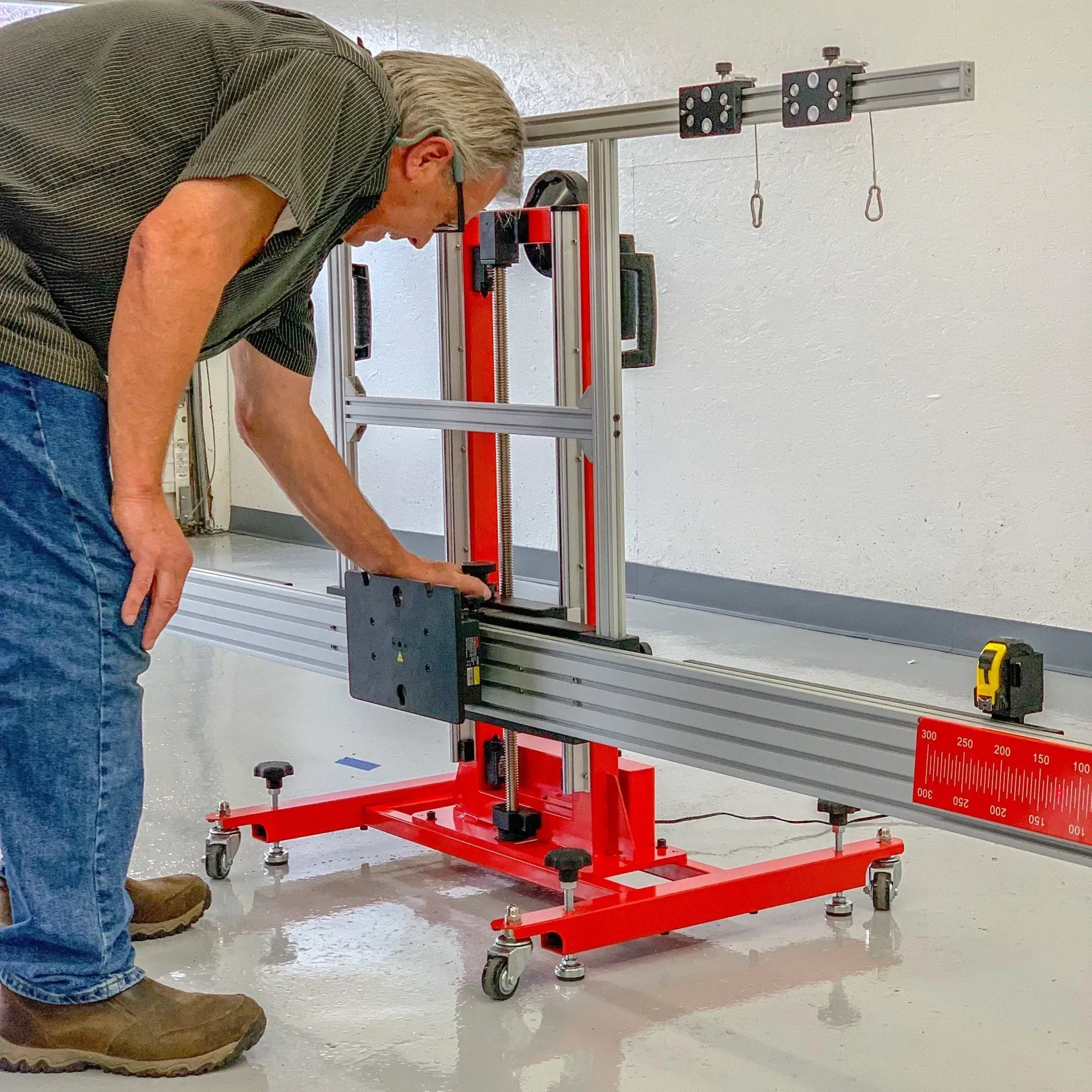


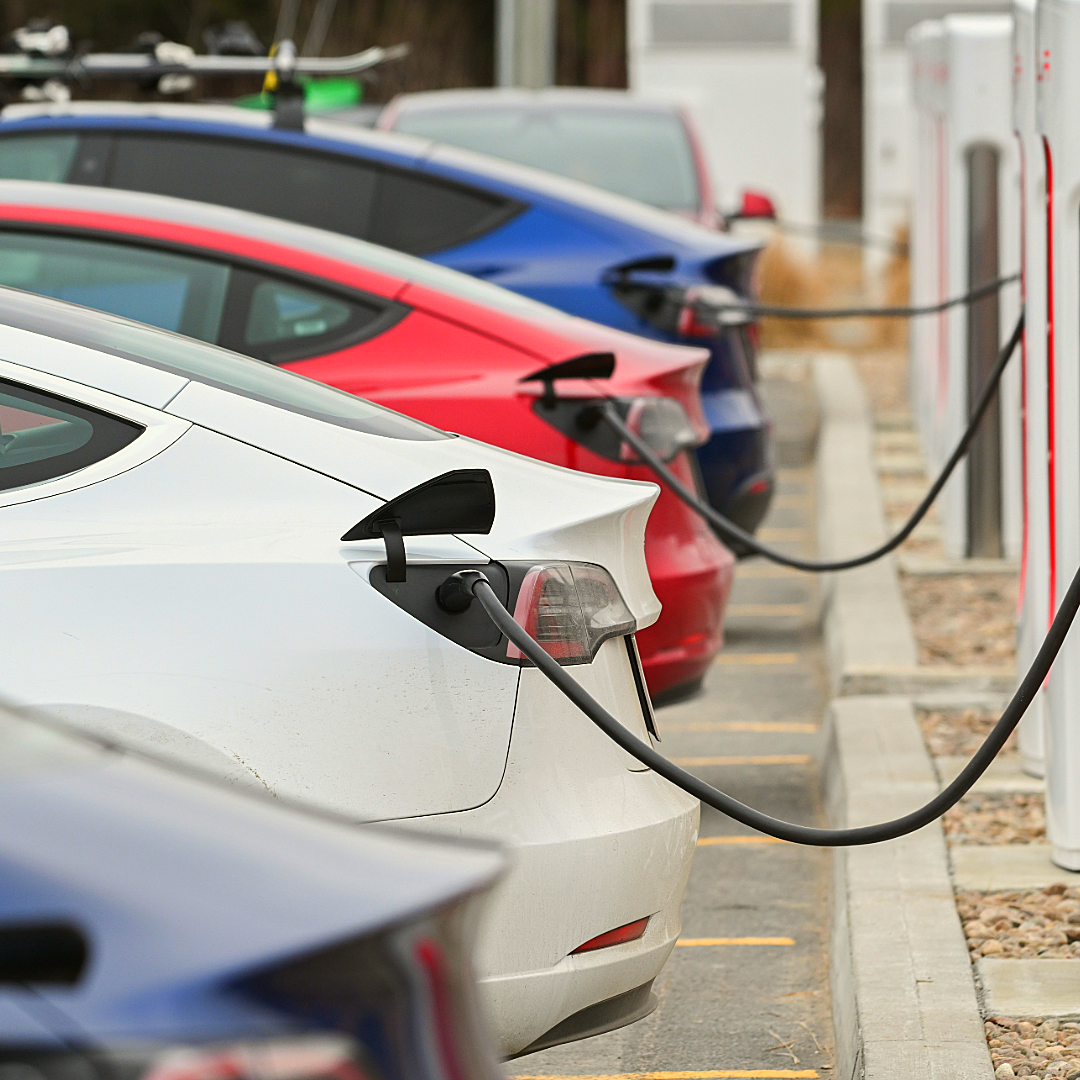


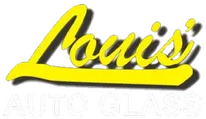
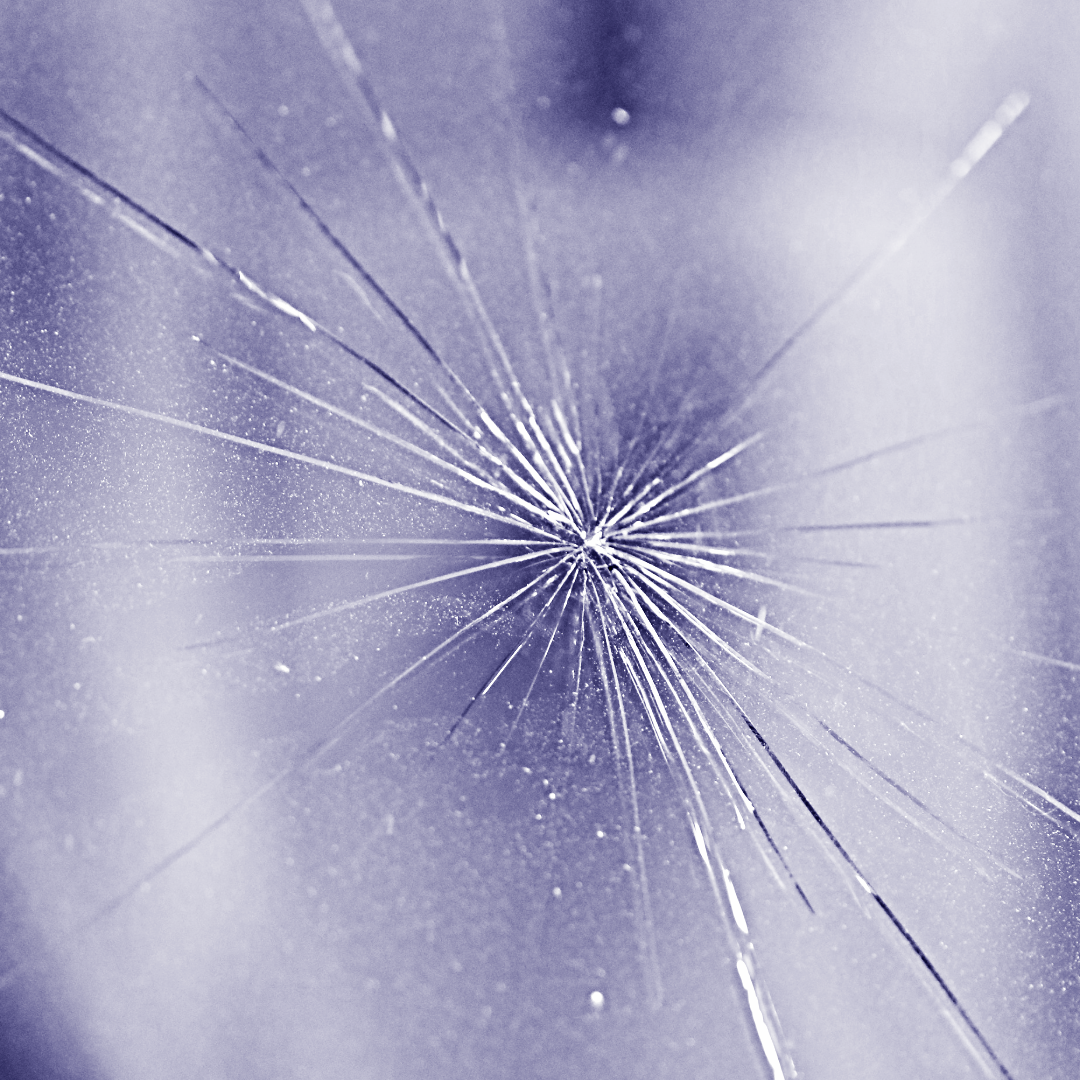
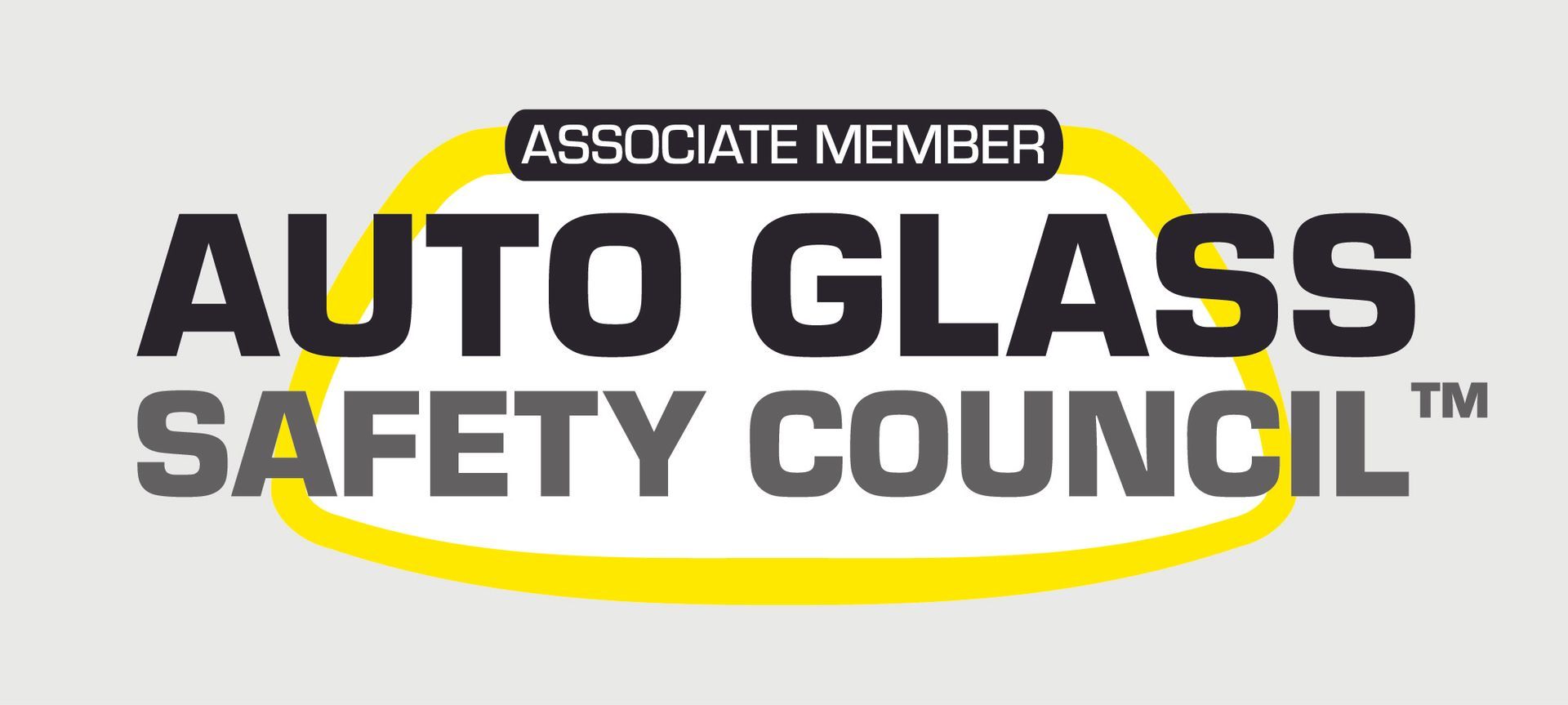

Share On: